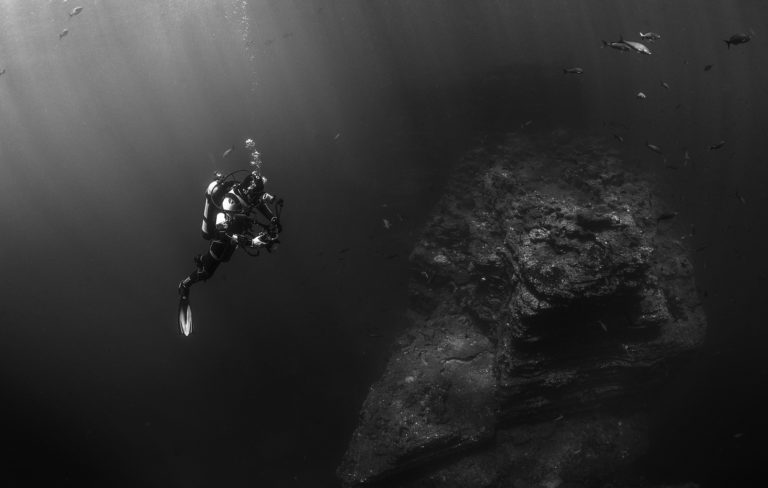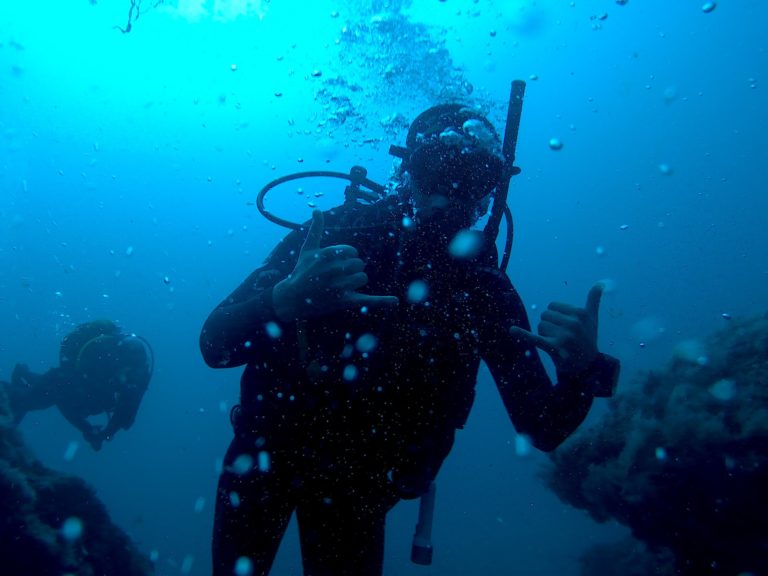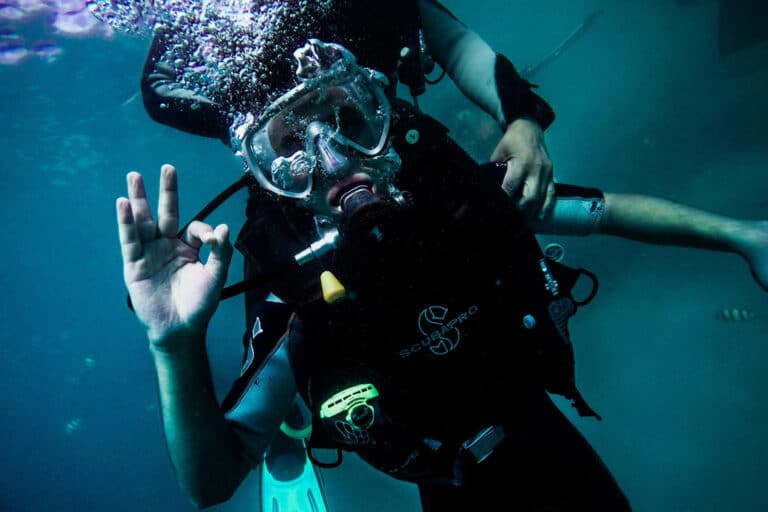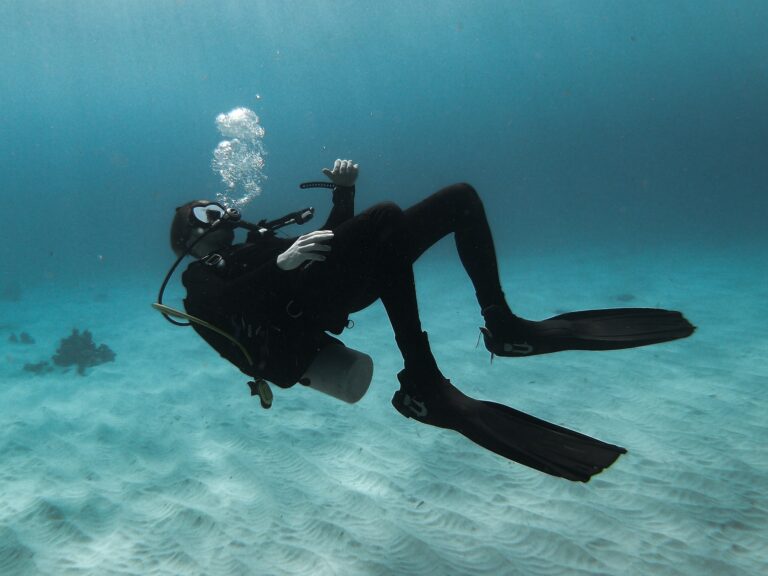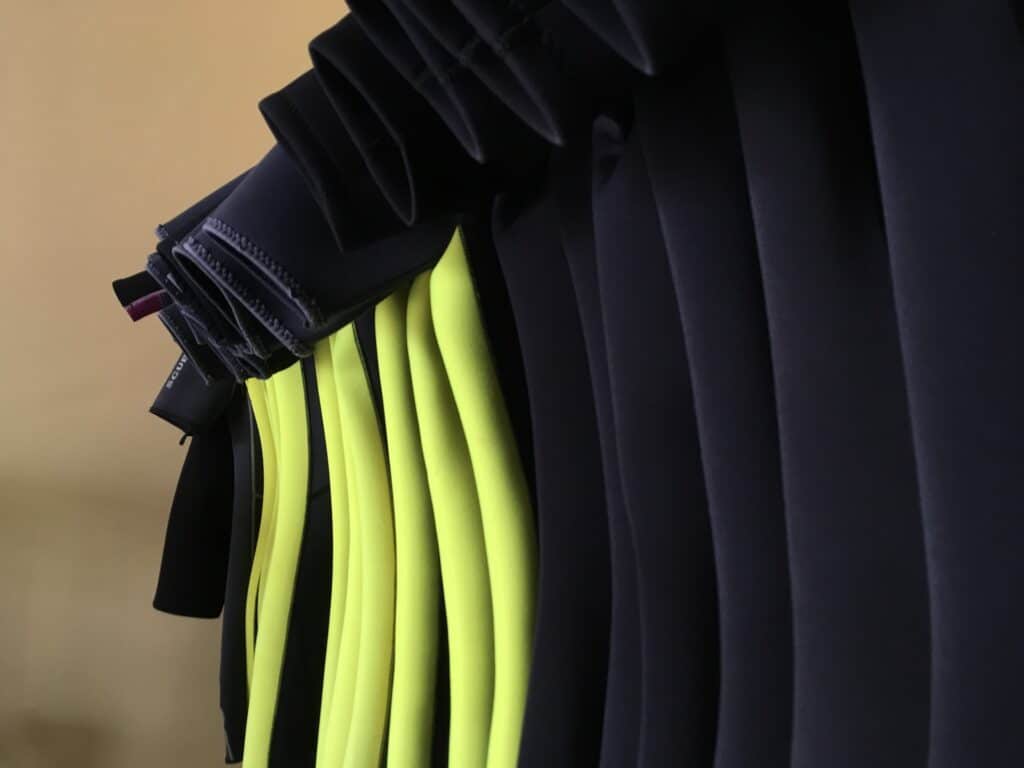Scuba diving is a great way to check out the underwater world. Combining diving with photography is even better so you can keep those memories, not just in your head, but also on camera. How else are you going to prove to your friends that you saw that whale shark? Figuring out how to get into underwater photography, even as a novice on-land photographer, is easy. The biggest thing is to always keep on practicing! Here are a few of our tips to help you take your underwater photography to the next level.
How to get into Underwater Photography

Get a Decent Camera
GoPros and other small action cameras are great for ‘action’ activities; such as motorbiking, snowboarding, etc. But if you want to take great underwater photos, then you will need a camera with more control and more settings. An inexpensive compact camera is a great way to get started with underwater photography. You should also be practicing using the camera’s settings on land as much as possible.
Test your Underwater Camera Housing.
Underwater camera housings can be expensive. However, it is worth getting the correct housing for your camera and making sure it is high-quality. You don’t want a flooded camera after your first dive! If you are using your housing for the first time, then take it for a ‘dry dive.’ This is where you will take the housing on a dive, but leave the camera on the boat. You can put some tissue or toilet paper inside the housing. After the dive, check to see if it is wet. If the tissue is wet then that means water leaked into the housing; then it’s time to double-check all of the o-rings and clips. If the tissue is dry, then that means it is safe to take your camera on a dive.
Practise Your Buoyancy
Getting into underwater photography is very different from taking photos on-land. On-land you can focus your shot and keep the camera still. While underwater, you will be moving up and down constantly due to your breathing and your buoyancy. A good idea when starting underwater photography is to focus on your buoyancy. Get into a swimming pool, or shallow waters, and practice hovering and staying in one spot for a few minutes. Remember, you should never hold your breath while scuba diving. This means you need to be able to stay as still as possible even when breathing. Try taking smaller breaths and figuring out what works for you.

Get Your Solo-Diving Certification
Taking photos underwater requires time and effort. Most divers will want to swim around to check out the dive site. Photographers, however, prefer to stay in a smaller area to focus on their photography. The most annoying thing for a diver without a camera is having to wait for their photographer buddy. And the most annoying thing for a photographer is having to catch up to their speedy diver buddy. The best way to avoid this is to find another underwater photographer as your dive buddy. Or, to get your solo-certification so that you can dive alone safely and focus on your shots.
Read More: Scuba Diving Dangers and How to Avoid Them
Check Your Air Frequently
When you first get into underwater photography, it is very easy to get so focussed on getting that perfect shot that you forget about other things underwater. Such as checking your air, or checking your No Decompression Limits (NDLs). These could be potentially very risky if you forget about them. This means constantly doing these checks should become a habit underwater. Some photographers will even have a 2nd dive computer attached to the handle of their camera. This allows them to constantly monitor their depth and NDLs.
Check what divers should do for their own safety here.
Make Slow Movements
Once you are comfortable with your buoyancy and know to check your limits frequently, you can then focus on slowing down your movements underwater. Approaching marine life slowly means you will not scare them away. You will also get a better shot in their natural habitat if they ignore you and do not see you as a threat. To approach marine life, you should get bring your camera up and look through the camera to get closer to your subject while slowly moving forwards. By not changing your body position or raising your arms suddenly, your subject will ignore you, letting you get nice and close for the shot.
Don’t Blind the Wildlife
You may have gotten nice and close to your subject, but now you need to be mindful of your lights or strobes when taking your underwater photo. Some creatures are not used to the bright lights from a camera and this can momentarily blind or stun them. In worst cases, the lights can permanently blind marine life which leads to their vulnerability to predators. Be conscious of your bright lights, and try not to startle them by shoving a camera in their faces.
Don’t Harass the Wildlife
It is very important to leave marine life in their natural habitat. I have seen people shove and prod creatures to get that ‘perfect shot.’ I have also seen people chase whale sharks and manta rays, and end up lost in the ocean with no buddy around and being dangerously low on air. These are big no-nos. You should never move or touch marine life for any reason, and certainly, not for a photograph. You should also never chase wildlife because this changes their behavior. Which may result in a fear of humans and their avoidance of us.
Practice Makes Perfect
The more you dive, and the more you dive with a camera, the better your underwater photos will be. Even a seasoned on-land photographer will be challenged when taking photos underwater for the first time. The best way to improve your photos is to take bad photos and constantly try to improve. You will have a better understanding of your camera and the settings, and a better understanding of your buoyancy. Over time, you may also be able to predict the behavior of marine life, and be more prepared for that perfect shot!
Let us know if you have other tips for underwater photography in the comments below.
Check out our interview with an underwater photographer and read his tips to improve your photography!
